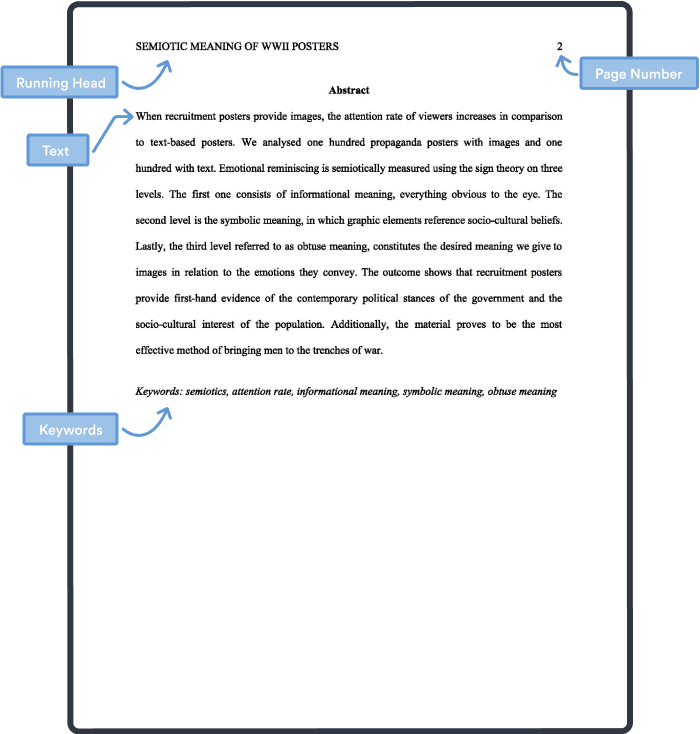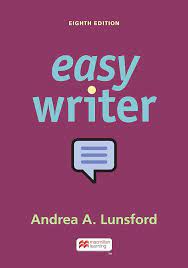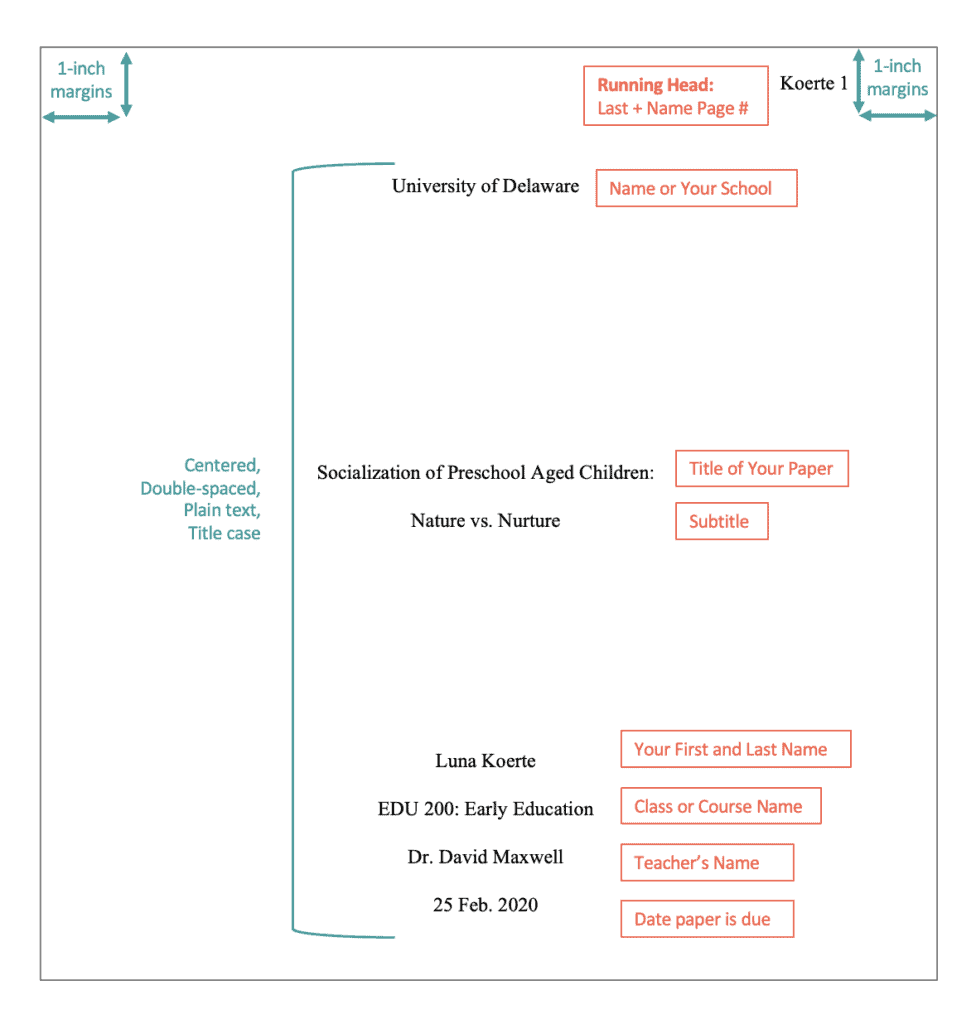In the dynamic landscape of academia, students are often tasked with tackling complex issues and proposing viable solutions through problem-solution essay topics. These essays provide a platform for critical thinking, analysis, and creativity, challenging students to address real-world problems and offer innovative solutions. At Essay24, we understand the importance of mastering the art of problem-solution essays, which is why we’re here to guide you through the process of choosing the perfect topic to ensure your academic success.
Understanding Problem-Solution Essays:
Before delving into the intricacies of selecting a topic, let’s first establish what a problem-solution essay entails. In essence, a problem-solution essay is a type of academic writing that identifies a specific problem, analyzes its underlying causes and consequences, and proposes practical solutions to address the issue at hand. These essays require students to demonstrate critical thinking skills, research prowess, and persuasive writing abilities to effectively convey their ideas and solutions.
Choosing the Right Topic:
Selecting an appropriate topic is paramount when embarking on a problem-solution essay. The topic you choose should be relevant, meaningful, and conducive to in-depth analysis and discussion. Here are some steps to help you choose the perfect topic for your problem-solution essay:
- Identify a Real-World Problem:
Start by identifying a pressing issue or challenge that resonates with you. Consider topics that are relevant to your field of study, personal interests, or societal concerns. Look for problems that have tangible consequences and warrant attention. - Conduct Research:
Once you’ve identified a potential problem, conduct thorough research to gain a deeper understanding of its root causes, scope, and impact. Consult academic journals, reputable websites, and news sources to gather relevant information and data on the topic. - Evaluate Feasible Solutions:
Next, brainstorm potential solutions or interventions to address the identified problem. Consider the feasibility, effectiveness, and ethical implications of each solution. Aim to propose practical and actionable recommendations that can be implemented in real-world settings. - Narrow Down Your Options:
After conducting research and evaluating potential solutions, narrow down your list of topics to focus on one that aligns with your interests, expertise, and the scope of the assignment. Choose a topic that offers ample opportunities for analysis, discussion, and solution development. - Consider Audience Relevance:
Keep your audience in mind when selecting a topic for your problem-solution essay. Choose a topic that is not only intellectually stimulating but also relevant and engaging for your readers. Consider how your topic impacts various stakeholders and why it matters in the broader context.

Examples of Problem-Solution Essay Topics:
To provide you with inspiration, here are some examples of problem-solution essay topics across different disciplines:
- Addressing Climate Change Denial: Strategies for Promoting Environmental Awareness
- Explore methods to counteract climate change denial through education, advocacy, and policy initiatives.
- Combating Cyberbullying in Schools: Implementing Effective Prevention Programs
- Discuss proactive measures to prevent cyberbullying among students, including awareness campaigns and support services.
- Reducing Plastic Pollution: Implementing Sustainable Solutions for Waste Management
- Examine innovative approaches to minimize plastic pollution, such as recycling initiatives and bans on single-use plastics.
- Addressing Mental Health Stigma: Promoting Understanding and Support
- Explore ways to combat the stigma surrounding mental health issues and enhance access to mental health services.
- Tackling Obesity Epidemic: Promoting Healthy Lifestyles and Nutrition Education
- Discuss strategies to combat obesity through public health campaigns, community programs, and policy interventions.
- Ensuring Equal Access to Education: Bridging the Opportunity Gap
- Explore measures to address disparities in educational access and opportunities, including equitable funding and support for underprivileged students.
- Preventing Homelessness: Strategies for Affordable Housing and Support Services
- Examine initiatives to prevent homelessness through affordable housing options, job training programs, and social services.
- Curbing Drug Abuse: Implementing Comprehensive Prevention and Treatment Programs
- Discuss approaches to combat drug abuse, including prevention education, rehabilitation services, and community support networks.
- Promoting Gender Equality in the Workplace: Addressing Discrimination and Bias
- Explore strategies to promote gender equality and eliminate workplace discrimination, such as diversity training and equal pay initiatives.
- Improving Access to Healthcare: Addressing Healthcare Disparities
- Examine ways to enhance access to healthcare services for underserved communities through healthcare reform and outreach programs.
- Mitigating Traffic Congestion: Implementing Sustainable Transportation Solutions
- Discuss measures to reduce traffic congestion, including investment in public transportation, bike lanes, and telecommuting options.
- Combatting Food Insecurity: Enhancing Access to Nutritious Food
- Explore initiatives to address food insecurity through food banks, community gardens, and nutrition assistance programs.
- Preventing Teenage Pregnancy: Promoting Comprehensive Sex Education and Support Services
- Discuss strategies to prevent teenage pregnancy, including comprehensive sex education programs and access to contraceptives.
- Addressing Income Inequality: Promoting Economic Opportunities and Social Mobility
- Examine policies to address income inequality, such as progressive taxation, minimum wage increases, and job training programs.
- Reducing Gun Violence: Implementing Comprehensive Gun Control Measures
- Discuss approaches to reduce gun violence through gun control legislation, background checks, and mental health screenings.
- Promoting Racial Justice: Addressing Systemic Racism and Police Brutality
- Explore initiatives to promote racial justice, including police reform, diversity training, and community policing efforts.
- Preventing Domestic Violence: Enhancing Support Services and Legal Protections
- Discuss strategies to prevent domestic violence through education, support services for survivors, and legal reforms.
- Tackling Air Pollution: Implementing Clean Energy Solutions and Emission Reduction Policies
- Examine measures to reduce air pollution, including transitioning to renewable energy sources and tightening emissions standards.
- Combatting Human Trafficking: Strengthening Law Enforcement Efforts and Victim Support
- Discuss approaches to combat human trafficking through law enforcement coordination, victim assistance programs, and public awareness campaigns.
- Promoting LGBTQ+ Rights: Advocating for Equality and Inclusivity
- Explore initiatives to promote LGBTQ+ rights, including anti-discrimination laws, gender-affirming healthcare, and LGBTQ+ education.
- Addressing Access to Clean Water: Implementing Sustainable Water Management Practices
- Discuss strategies to ensure access to clean water through conservation efforts, pollution prevention, and infrastructure improvements.
- Tackling Elderly Isolation: Enhancing Social Connections and Support Services
- Examine initiatives to combat elderly isolation through community programs, senior centers, and volunteer outreach efforts.
- Preventing Academic Cheating: Promoting Academic Integrity and Ethical Standards
- Discuss measures to prevent academic cheating, including education on plagiarism, honor codes, and assessment integrity.
- Combatting Human Rights Violations: Advocating for Justice and Accountability
- Explore efforts to combat human rights violations through international cooperation, legal action, and advocacy campaigns.
- Promoting Sustainable Urban Development: Implementing Smart Growth Policies
- Discuss strategies to promote sustainable urban development, including mixed-use zoning, public transit investments, and green infrastructure.
These topics offer rich opportunities for exploration and analysis in problem solution essays, providing avenues to propose innovative solutions and advocate for positive change in various societal issues.
In conclusion, choosing the perfect topic for a problem-solution essay is a critical first step towards crafting a compelling and impactful academic paper. By identifying a relevant and meaningful problem, conducting thorough research, evaluating feasible solutions, and considering audience relevance, you can select a topic that aligns with your interests and expertise while offering valuable insights and recommendations. At Essay24, we offer professional writing services to assist you at every stage of the essay writing process, ensuring that your problem-solution essay meets the highest standards of academic excellence. Let us help you turn your ideas into a well-crafted and persuasive academic paper that makes a meaningful contribution to your field of study.
























